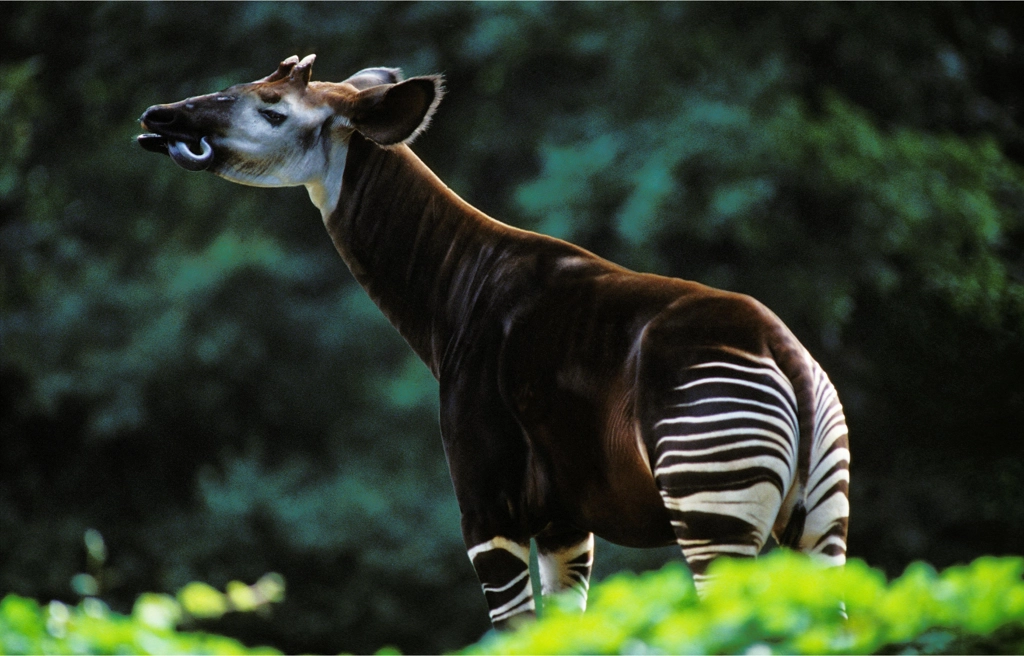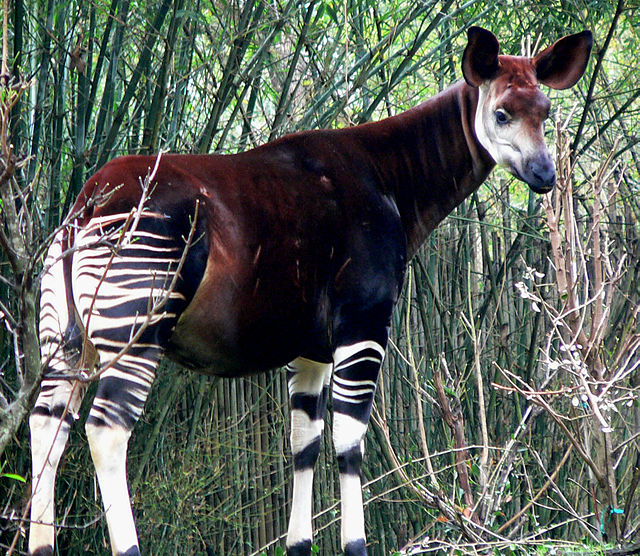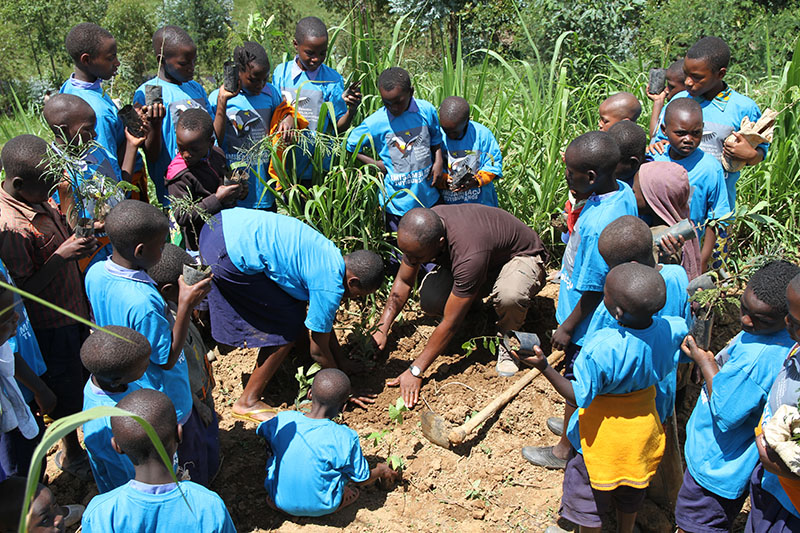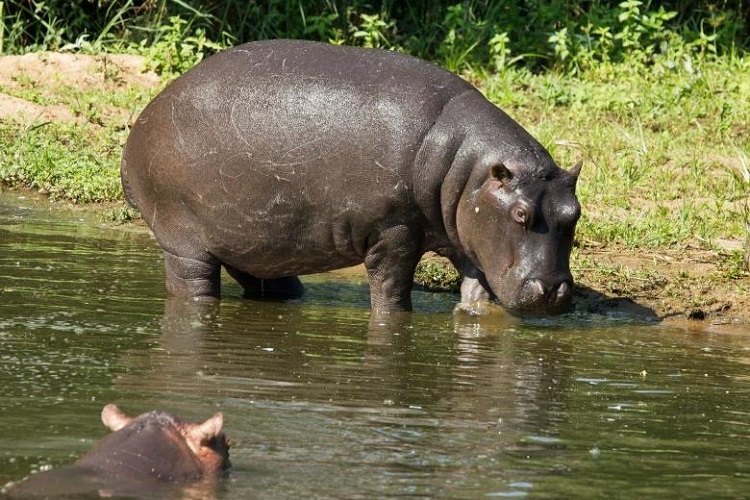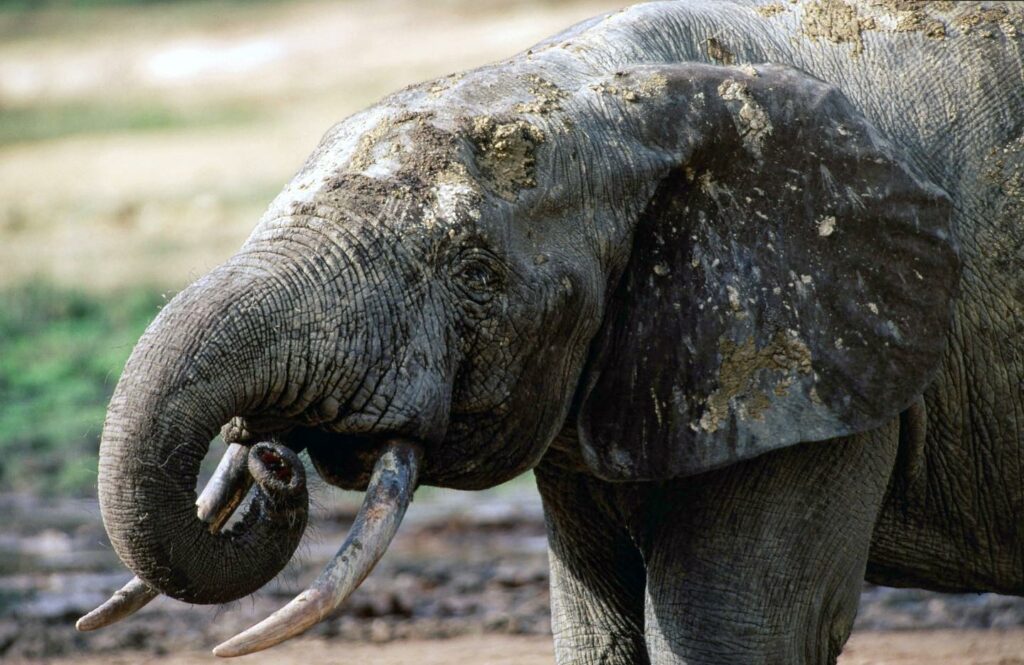The Okapi Wildlife Reserve (OWR), was established in 1992 and listed as a World Heritage Site in 1996, to protect the habitat of the okapi and preserve rare plant and animal life.
Okapi Conservation Project works with the Institut Congolais pour la Conservation de la Nature (ICCN) and communities in and around the Okapi Wildlife Reserve — a 13,700 sq-km swath of the Ituri Forest in northeastern Democratic Republic of Congo (DRC) — to ensure the protection of the okapi and many other species that call this rainforest home.
The Democratic Republic of Congo, arguably the most biologically diverse country in Africa, holds infinite natural treasures and significant species such as gorillas, elephants, and bonobos. Over 1,500 types of plants and animals, including the okapi, are only found in DRC.
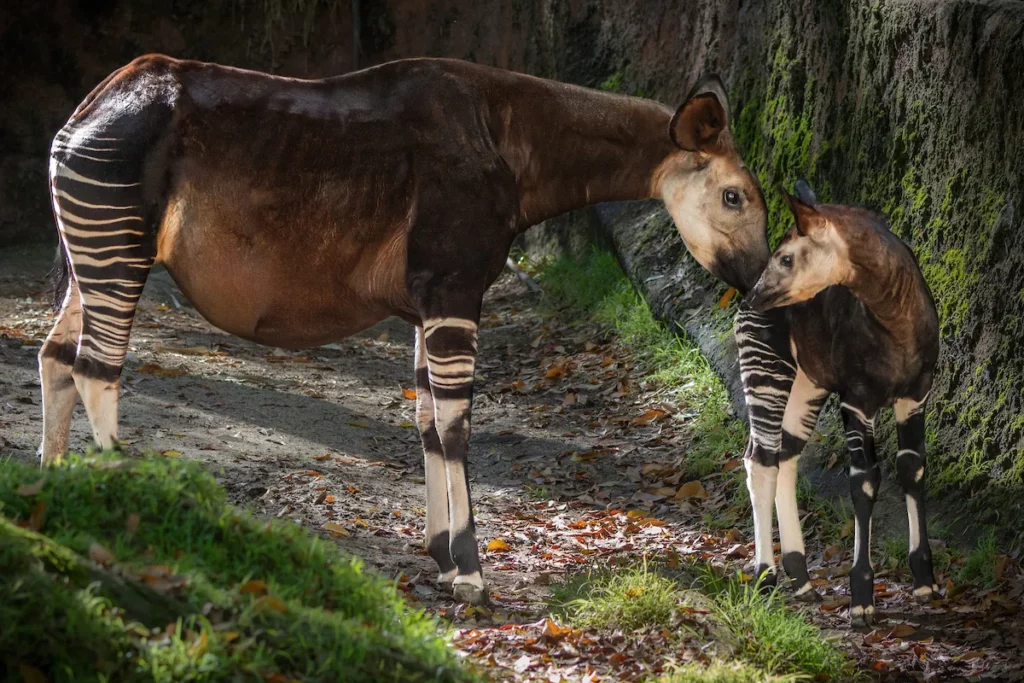
To the Democratic Republic of Congo, where it is endemic, it is a national and cultural symbol and has been protected since 1933.
The okapi’s existence is under grave threat from the impact of human activities. The okapi is entirely dependent on an intact forest for its survival, and deforestation, along with poaching and mining, has led to a precipitous decline in numbers and loss of suitable habitat.
